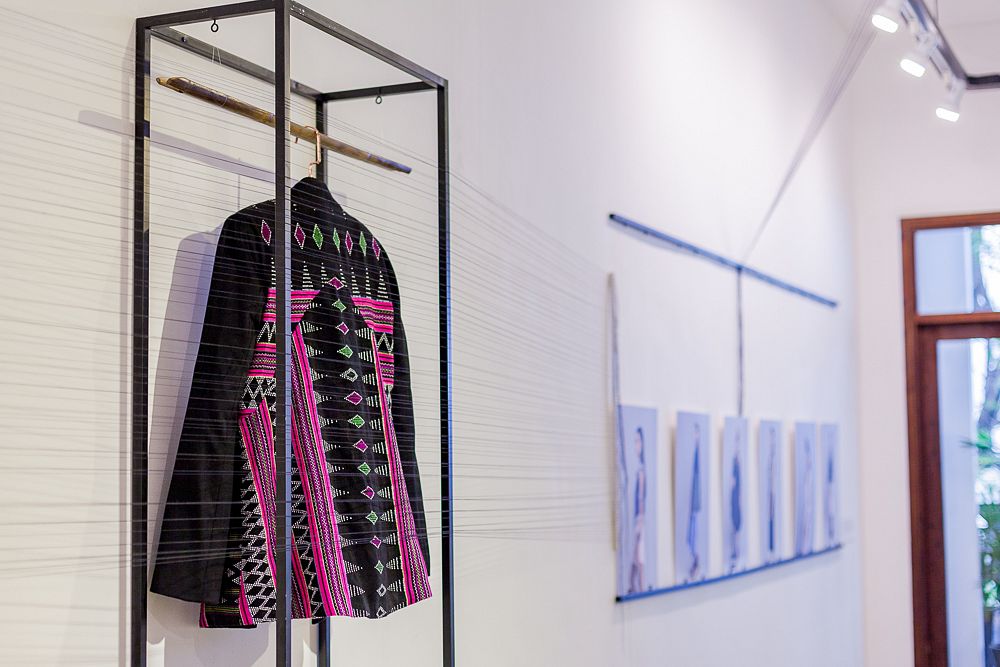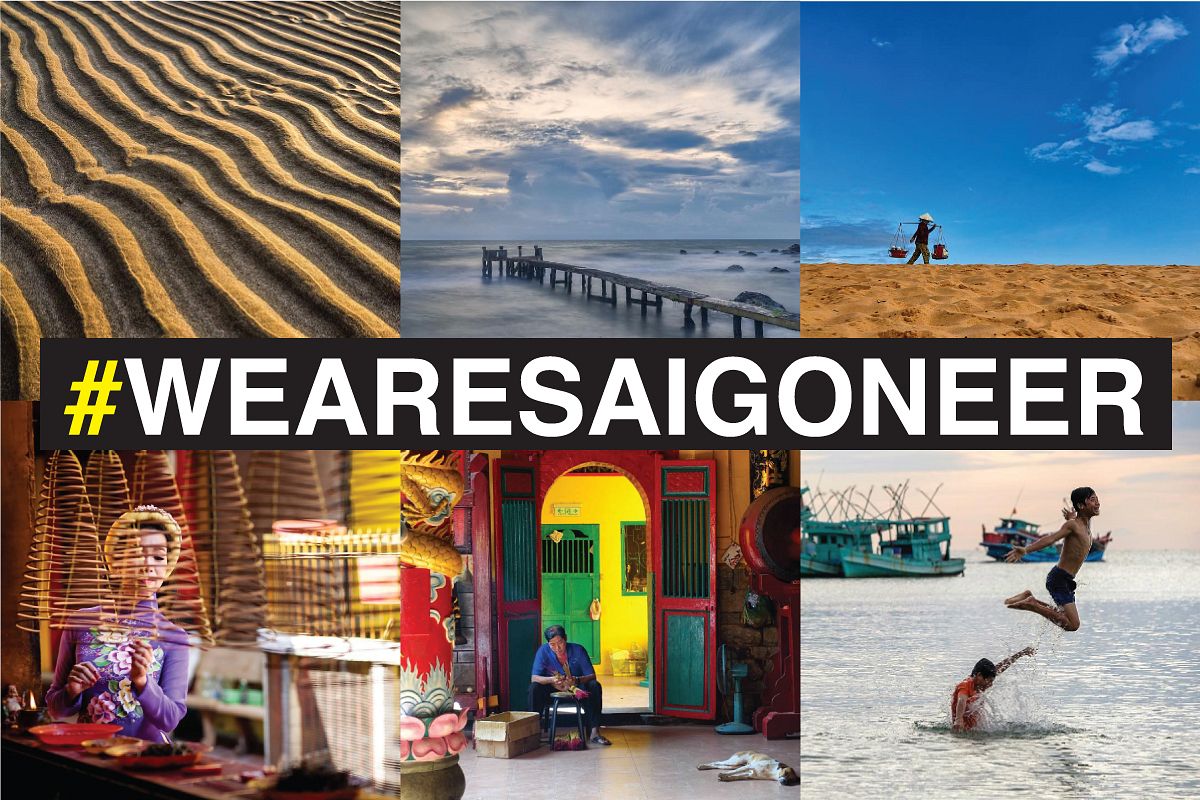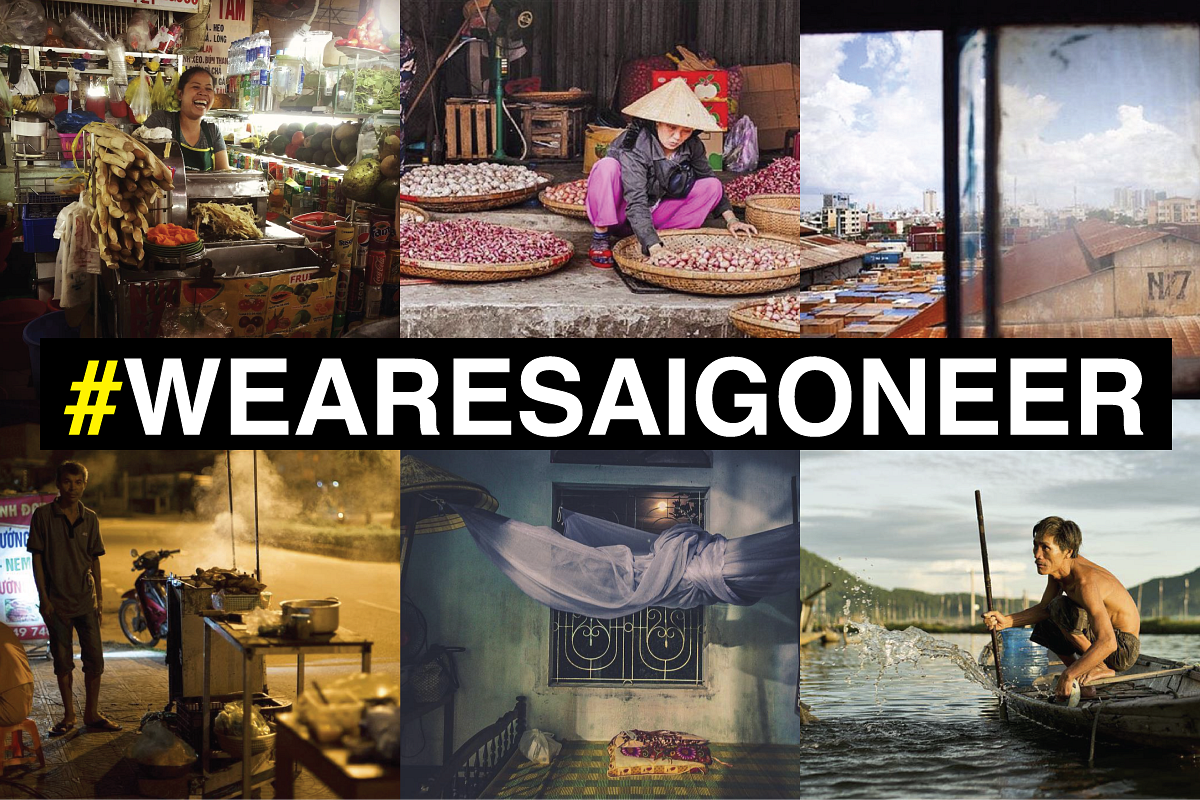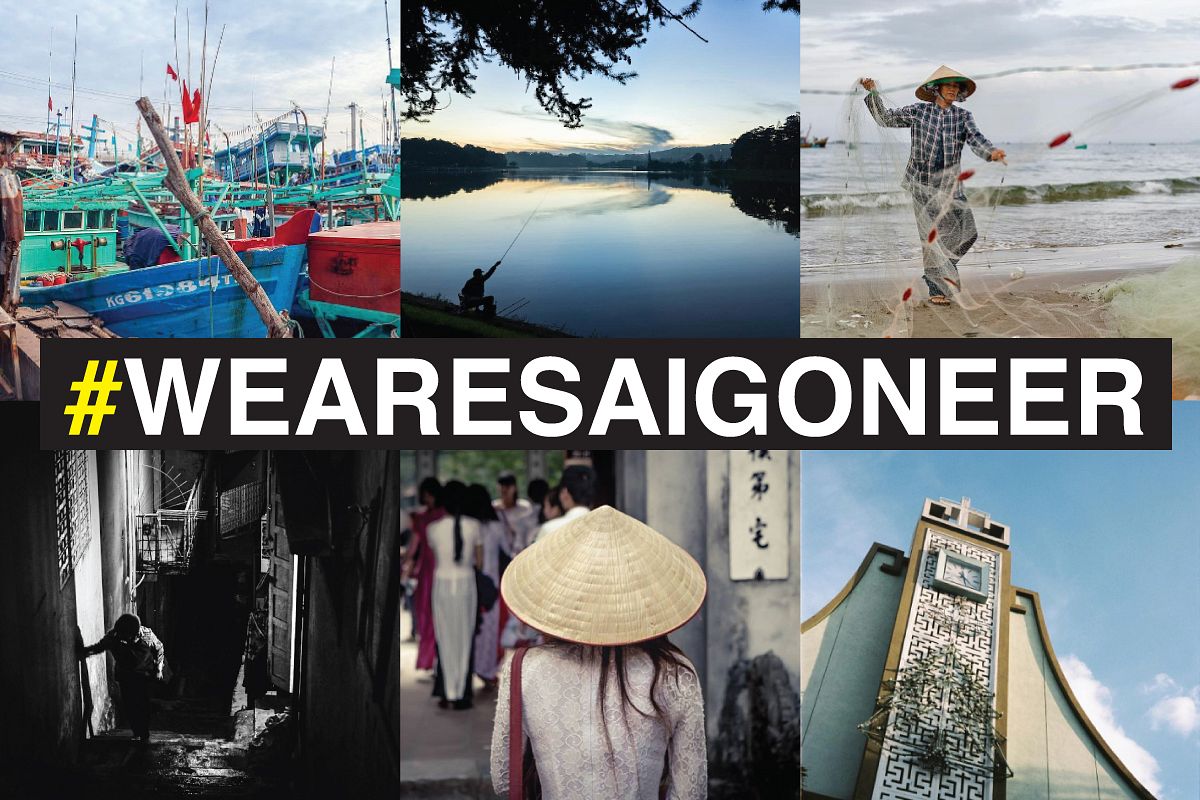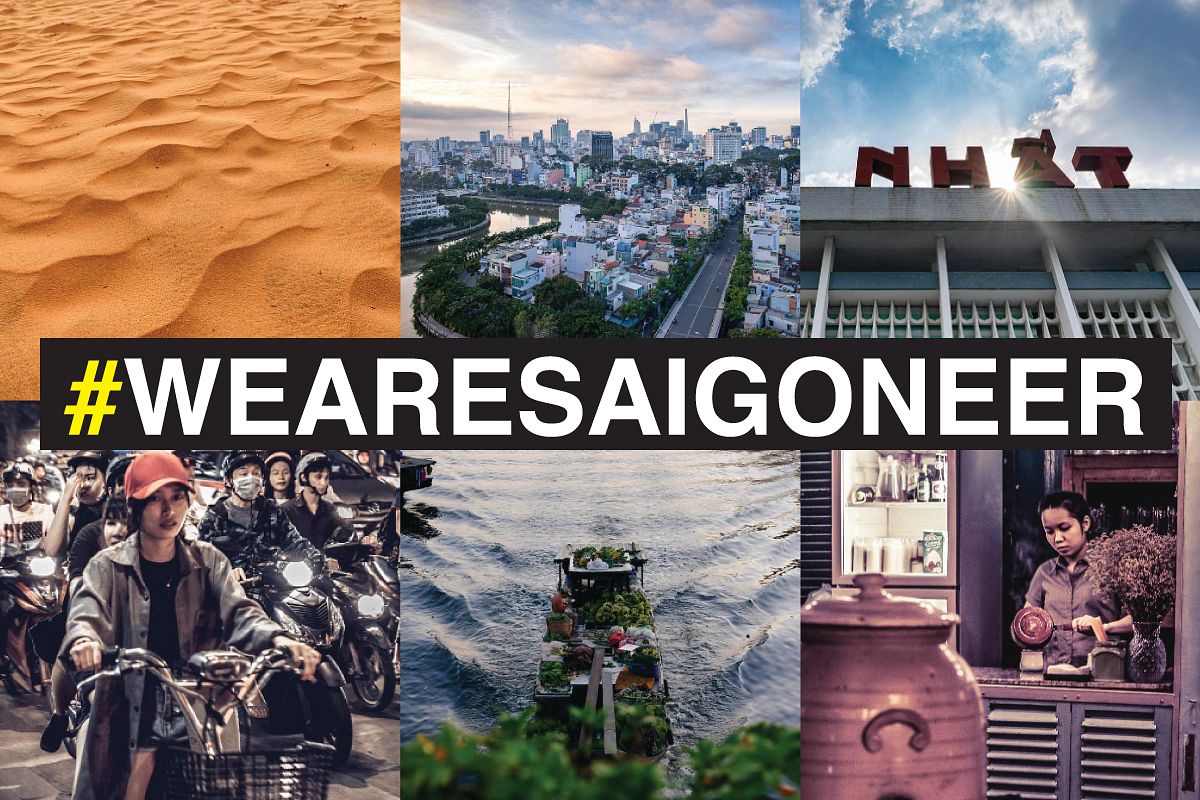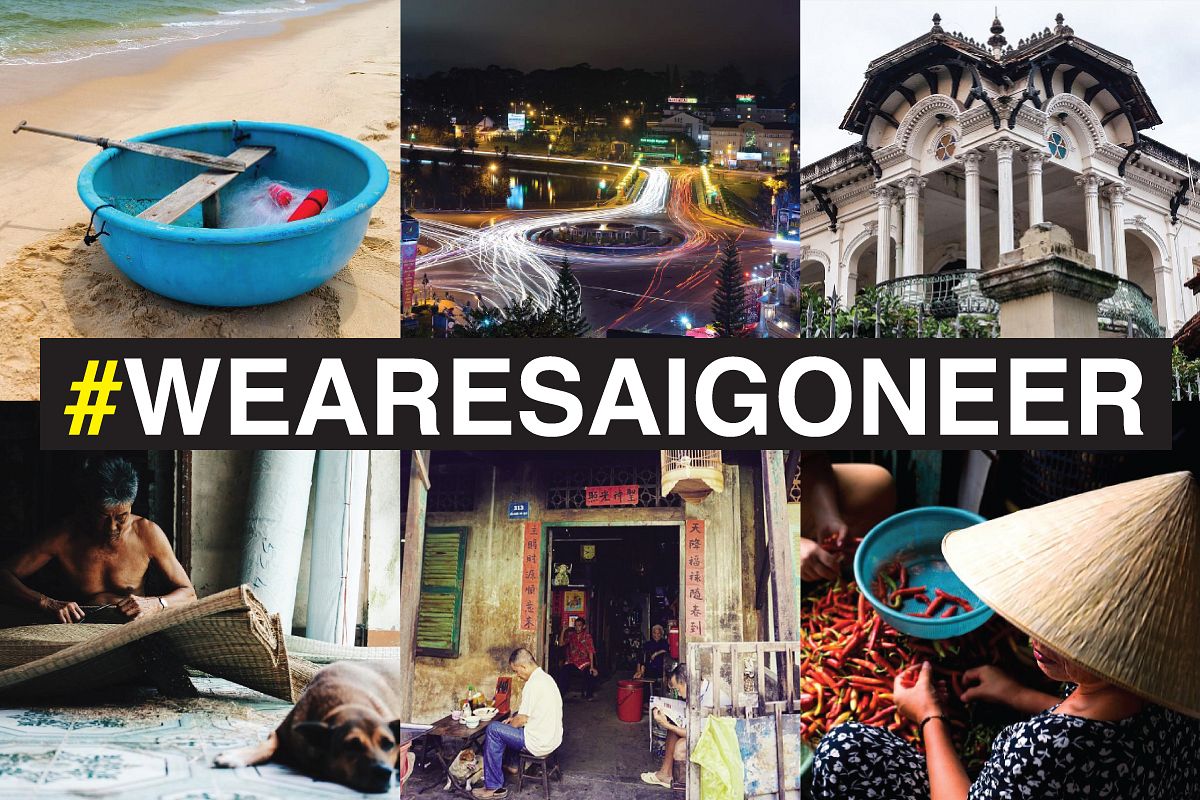There’s an hour to go before Fashion4Freedom unveils its latest collection and LanVy Nguyen is buzzing about, all smiles, in sneakers and a black-and-white embroidered áo dài.
Seven years into the company’s success, the social entrepreneur is no longer new to events like the one about to take place at Dia Projects, three stories above Dong Khoi. On this particular evening, Nguyen, founder of the organization, is unveiling its latest collection, WRONG.
Or at least, sort of.
“It really isn’t quite yet the collection,” she tells Saigoneer. “That’s what makes WRONG so right: because we keep doing it opposite of the conventional.”
Indeed, Fashion4Freedom marches to its own beat. In an age of high-tech, low-cost fast fashion, the socially responsible outfit trades efficient modern production methods for the time-consuming, labor-intensive handiwork of traditional Vietnamese artisans. Though the process can be tedious, it pays off in the form of beautiful, handcrafted clothing, shoes and accessories that have caught the eye of both local and international fashionistas alike.
In creating WRONG, Nguyen and her team drew upon several traditional handicrafts: textile weaving, woodcarving, silversmithing and embroidery. In the mountains a few hours west of Hue, ethnic Ta Oi women wove the colorful garments which line the walls of Dia Projects’ stark, white gallery space. WRONG’s lustrous jewelry – large, graceful koi fish and colossal butterflies – comes from electronic waste boiled down and repurposed at the hands of a master craftsman. A series of garments, hand-embroidered by artisans in Hue, round out the eclectic collection.
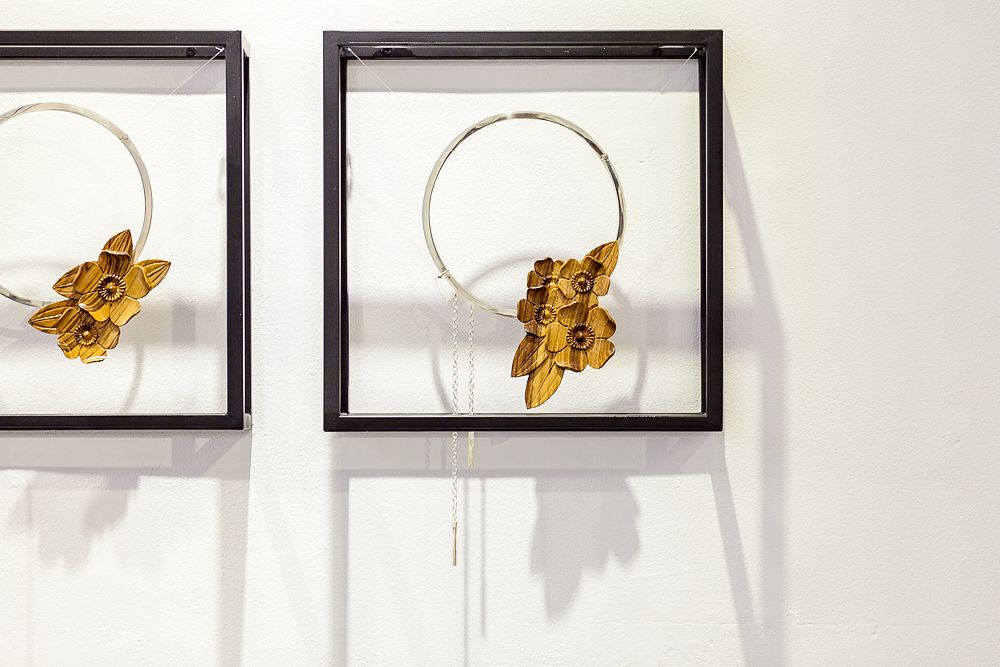
Later in the evening, a crowd pours shoulder-to-shoulder into the modest exhibition space for a glimpse of Fashion4Freedom’s latest effort, and curious shoppers try on jewelry in the back room. It’s clear that demand for the company’s beautifully crafted pieces far outstrips supply. From a business perspective, you could argue that Nguyen and her team are missing out on an opportunity. And yet, for Nguyen, this is exactly the purpose of Fashion4Freedom.
“There’s always a risk with any startup of a shutdown,” says Nguyen. “So if we are honest about our desire and our mission, then we have to create this sense of freedom for all the artisans to act on their own and be their own entrepreneur, with or without us.”
These slow-burn relationships, Nguyen explains, cultivated over years in small, rural villages across Vietnam, are responsible for building WRONG’s middle ground between contemporary fashion and traditional Vietnamese craftsmanship. While other fashion labels might source traditional fabrics or handmade materials, Fashion4Freedom focuses on collaboration rather than appropriation: its artisans continue to use their traditional expertise but translate these techniques into new products.
“Designers, most of the time, you get inspired by something and…you get to a certain point where you’re like: ‘Oh, I love this method, I’m going to ask them to do A, B, C and D,’” explains Nguyen. “But in reality, for us, working with artisans, it’s almost where we have to go the reverse. It’s almost as if we have to earn their respect and earn the right to get to that middle ground.”
Therein lies the challenge: when drawing together centuries-old traditional craftsmanship and contemporary fashion, the journey to the middle ground is long.
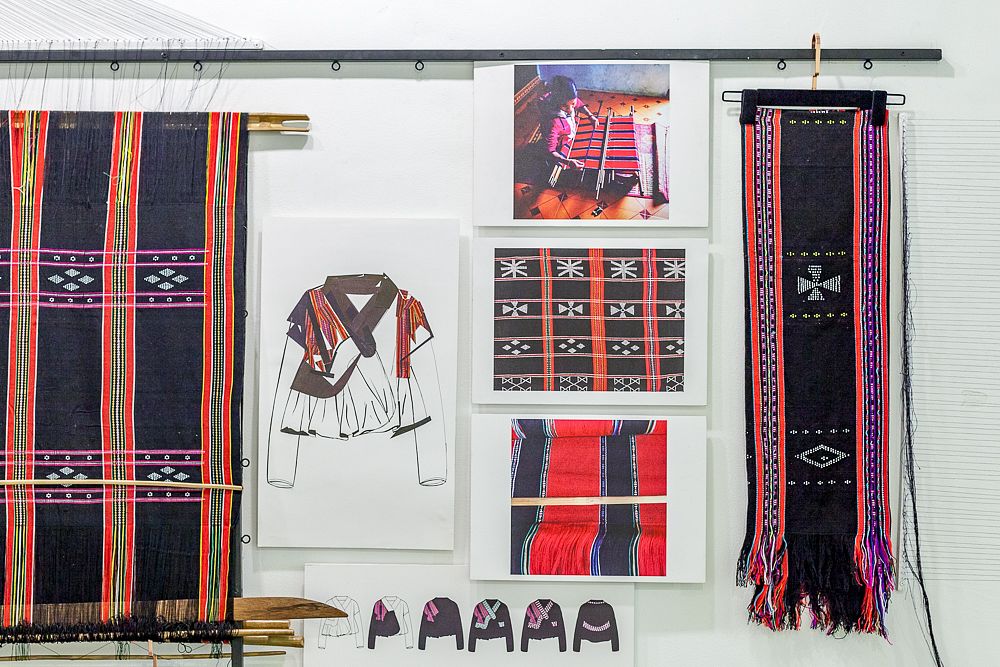
In the case of WRONG’s woven textiles, for instance, Nguyen spent six years working with the Ta Oi community of A Luoi, making several trips out to the remote village herself in an effort to earn the trust of its traditional weavers.
For Victoria Eksdale, an RMIT lecturer who helped to contextualize new designs with the Ta Oi weavers, building a relationship has been no easy feat, but the work is beginning to pay off.
“The fabric itself has never been made in a contemporary context before,” she explains, standing beside a bolt of beaded, patterned fabric. Adapting a 700-year-old tradition to the contemporary fashion world certainly poses its challenges, but Eksdale, like the rest of the Fashion4Freedom team, takes heart in the survival of such a longstanding tradition.
“You kind of forget in a modern world that people make these things,” she says.
And when that middle ground finally arrives, things really kick into high gear.
“Once we get there, we realize ‘Oh, wow, this is moving much quicker,’” explains Nguyen. “Even though [the artisans] don’t say it, that’s when I know we’ve earned their respect.”
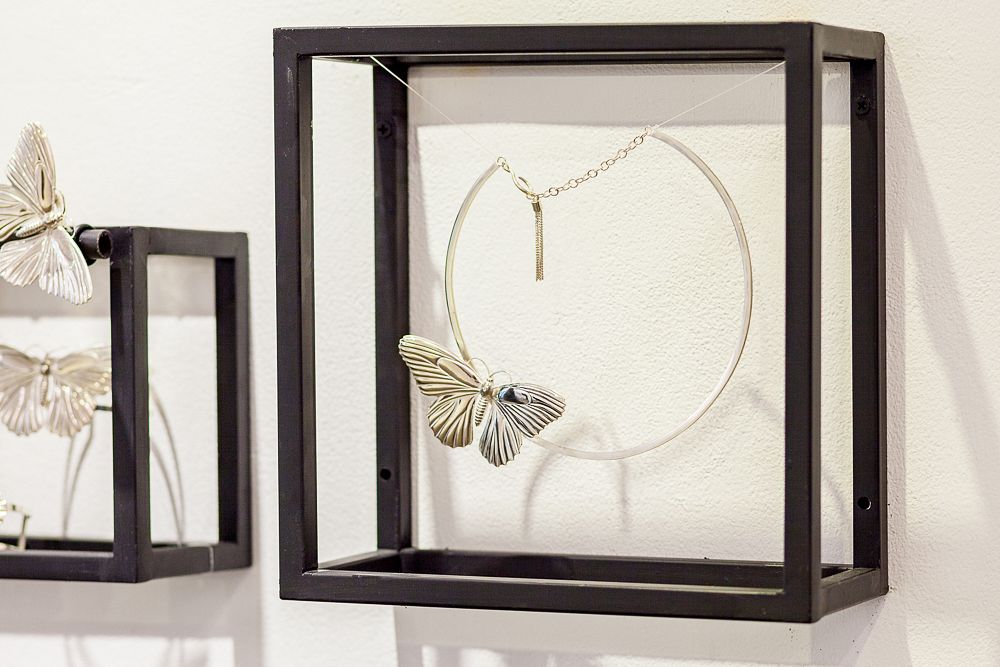
As Vietnam shifts toward a more global economy, Nguyen believes Fashion4Freedom’s mission to create space in the fashion industry for traditional Vietnamese artisans is more relevant than ever.
“With the changes of the law, with TPP, with everything that’s happening, Vietnam will have a new industrial renaissance, and that is great but long-term it could be very scary,” says Nguyen. “Infrastructurally, I’m not sure that we’re quite there yet.”
“Given where technology is going in production – 3D printing, et cetera – the fallout might be where many of these craftsmen might have to return back to their villages,” she continues. “Can we develop something where it creates a different industry that is inclusive?”
Much like the fashion line itself, this is a question that will take time to answer. But whatever the future holds, one thing is clear: WRONG is far from finished making its mark on Vietnam's fashion scene.
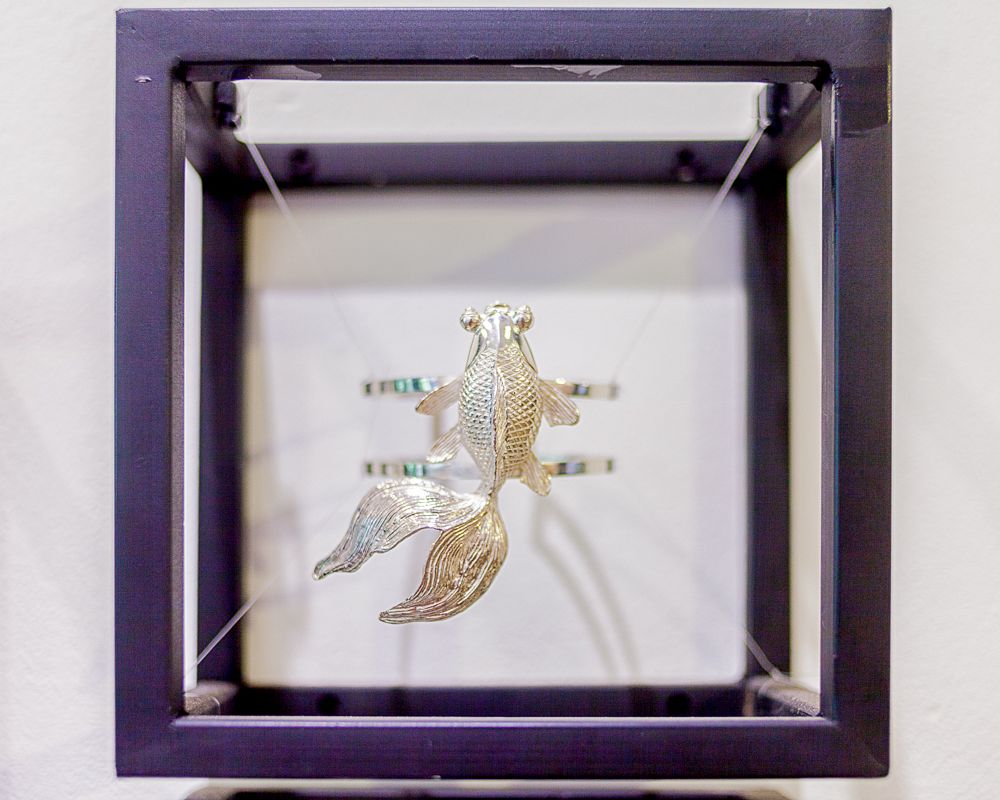
Design & Heritage is currently on display at Dia Projects until July 20.
10am – 6pm, Mon to Sat
Dia Projects
103 Dong Khoi, Ben Nghe Ward, D1


